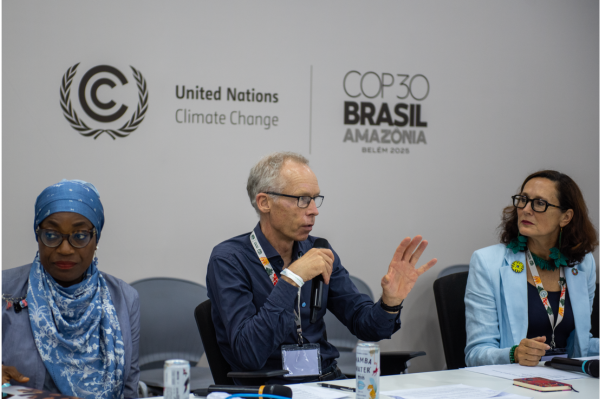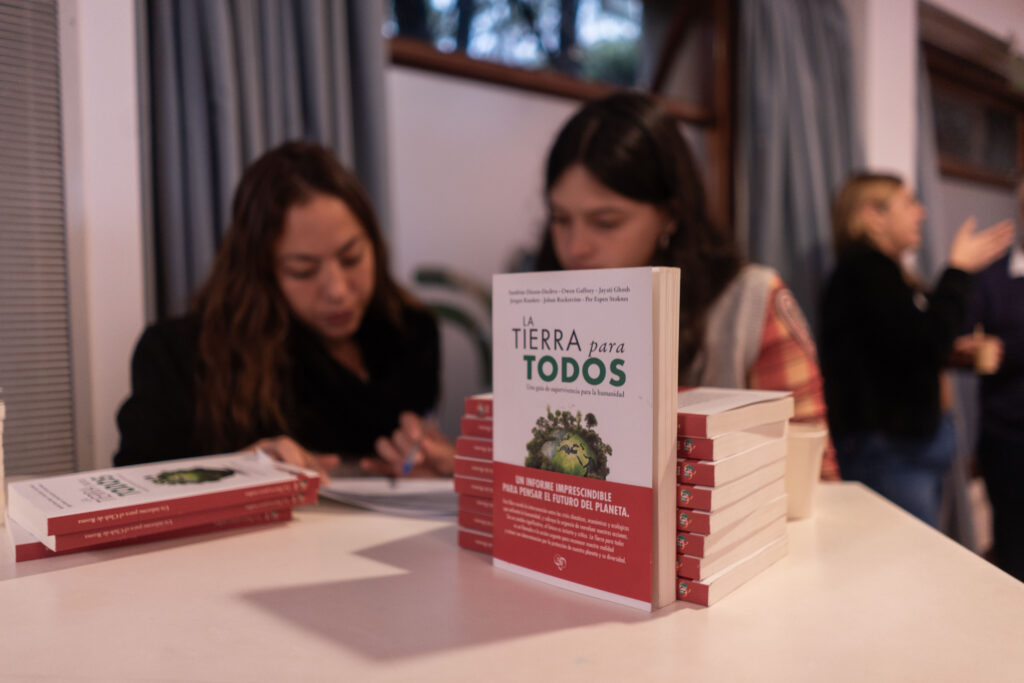Shein, the Chinese clothing retailer, is becoming the ultimate example of cheap, throwaway fashion. While the British Fashion Council says the world already has enough clothes to dress the next six generations, Shein seems to be doing all it can to expand this glut of garments. The fashion giant released a gigantic 314,877 styles in the first four months of 2022 (compared with H&M and Zara’s combined total of around 11,000). In May, it opened a new pop-up shop in Paris, which change.org is running a petition against based on its environmental destructiveness. According to one study, Shein is responsible for 22 per cent of carbon dioxide emissions from French teenagers.
Shein may be a particularly egregious example of waste and overproduction. But without radical change, according to the Stockholm Resilience Centre, the whole fashion industry could use a quarter of the world’s remaining global carbon budget, designed to keep warming below the target of 2℃ above preindustrial temperatures, by 2050. And by 2030, the sector could use 35 per cent more land than it currently does to produce fibres. These figures suggest that even if production efficiency is optimised, the environmental impact of fast fashion will still be huge under current growth trajectories.
Nor is it just the fashion industry that needs to urgently address the world’s use of materials. A much wider, systemic shift is needed to bring down emissions in line with climate science and halt nature loss. Yet the issue is not central to political and economic discussions around climate action.
In 1975, the Swedish researchers Göran Bäckstrand and Lars Ingelstam published a paper entitled “Hur mycket är lagom?”, or “How much is enough?”. Lagom is a Swedish concept meaning not too much, not too little, just the right amount. Nearly 50 years later, we continue to struggle with the concept of lagom and exactly what constitutes “just the right amount” of resources, minerals and materials we extract from the Earth every day to turn into products we may, or may not, need.
Part of the problem is our obsession with consumption. Every minute of every day advertising tells us our health, happiness and wellbeing is dependent on owning a dizzying array of products. We apparently need to update our wardrobe, home furnishings or car with frightening regularity. Advertising increasingly assures us we can make these changes without causing damage to the climate or nature by choosing “environmentally friendly” options — an electric vehicle instead of a petrol or diesel car, for instance.
Research shows it makes sense to replace internal combustion engine vehicles with electric cars to reduce emissions. Research also shows that meeting the commitments of the Paris Agreement means reducing the number of cars on the road and offering less polluting options to private car ownership: more footpaths to encourage walking; more cycle paths to boost the number of people cycling; better, cheaper and regular public transport links; and more car-sharing or leasing services. Regulation, tax systems and financial incentives should also be aligned to discourage companies from building ever-bigger cars – an electric SUV pollutes less than a diesel SUV, but it still contains a lot of minerals and its production has a considerable carbon footprint.
We can’t have our cake and eat it.
The UN says that the extraction and processing of materials is responsible for around 50 per cent of carbon emissions and 90 per cent of global land-related biodiversity loss. Stopping climate change and restoring nature, as well as ensuring the transition to a clean-energy economy is just and fair for people everywhere, will require a much bigger shift than many politicians, business leaders and even some scientists, think tanks and non-governmental organisations care to mention. Certain aspects of the circular economy concept, namely to “reduce, reuse and recycle”, have become prominent in recent years, but the emphasis needs to move away from increasing recycling rates to reducing extraction and consumption. Shein, for example, promised in 2022 to reduce supply chain emissions by 25 per cent by 2030, through greater energy efficiency, encouraging its manufacturers to use renewables, and incorporating more recycled materials into its clothes. Yet whether it will reduce the enormous amount of clothes and waste it produces is less clear.
In a recent follow-up paper to the Club of Rome’s 2022 Earth4All report, we showed how human needs can be met in more intelligent and efficient ways than through today’s consumption culture. Such a move would be good for the planet and for people. Some research has exposed the fairytale that a constant increase in material possessions makes us happier. Indeed, new ways to measure progress in society that look at metrics other than growth for growth’s sake, as noted by GDP, are garnering greater attention. As Bäckstrand and Ingelstam suggested in a 2006 paper, the notion that continually having more of something is good for us is “clearly absurd”. Too much junk food means that almost 30 per cent of children in the UK are overweight or obese by the time they leave school. As the Swedish saying goes “too much and too little tarnishes everything”.
This notion is as true for “bad stuff” like fats and sugars as it is for “good stuff” like electric vehicles, and must be taken on board by policymakers and business leaders if climate action is to achieve stated outcomes. A campaign launched in the UK in 2022 called Take the Jump insisted people should buy no more than three new items of clothing a year if the world is to reduce its runaway consumption patterns – and so to retain a chance of keeping the global temperature rise, and loss of nature, below dangerous levels. For this to become reality, a good dose of lagom needs introducing to the fashion industry and our shopping habits generally.



